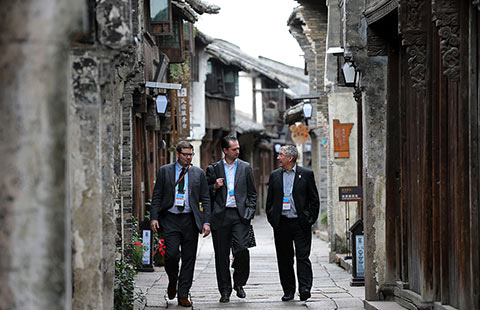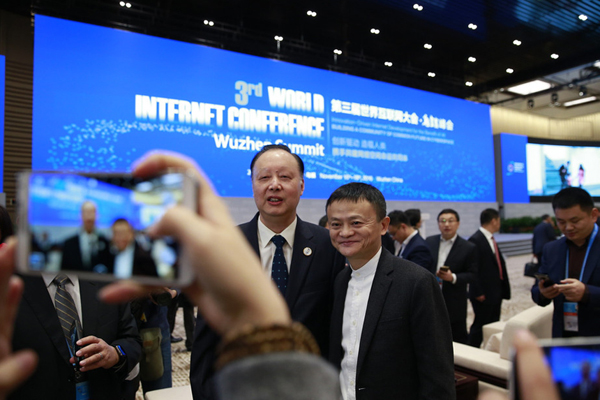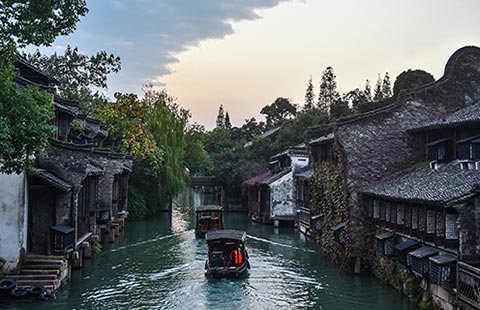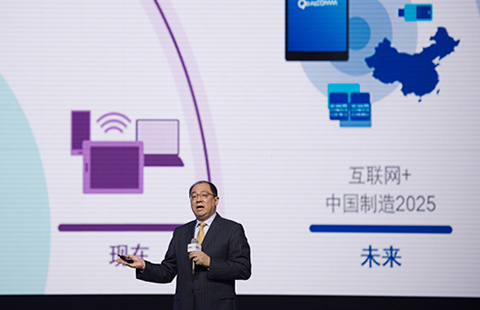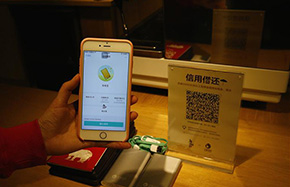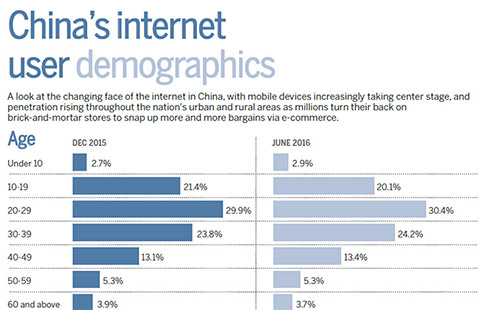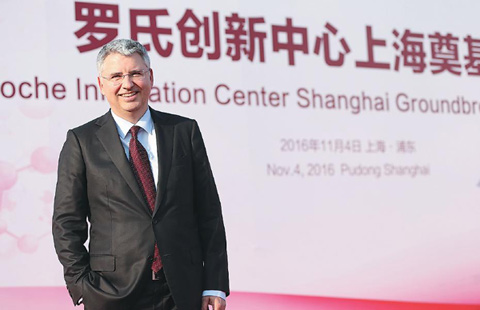Asia Pacific economic integration is needed more than ever before
BEIJING - Facing sluggish growth and rising anti-globalization sentiment, the Asia Pacific region needs economic integration to renew vitality more than ever before.
The global economy and world trade are experiencing the longest slowdown since the financial crisis, as structural problems or previous policy hangovers continue to weigh on growth.
Such economic doldrums have prompted many countries to take to protectionism as a shortcut out of the mire, and it seems anti-globalization in terms of trade, investment and population flow is set to be a new fashion post-Brexit.
The number of trade restriction policies grew from 381 in the middle of 2010 to 1,263 by mid-October this year, according to the World Trade Organization, which has warned that restrictive trade policies are hampering global growth.
As economic globalization and regional economic integration face challenges, trade and investment seem to be losing steam, but such trends are inevitable and what is actually needed is an updated model.
As it happens, bilateral and multilateral free trade and investment agreements have been growing fast in the past few years. The problem is that they are far too fragmented. For example, the 21 members of APEC saw about 160 free trade agreements reached between them in 2015.
The Asia Pacific region is the most dynamic region on earth, with a GDP that accounts for about 60 percent of the world's total, and shows the greatest potential for growth.
The latest International Monetary Fund report lifted the region's growth prediction this year and next year from 5.3 percent and 5.2 percent to 5.4 percent and 5.3 percent, respectively, while the global economy is estimated to grow 3.1 percent and 3.4 percent.
The robust growth of the Asia Pacific region will lend momentum to future global growth, so it is necessary for the region to pioneer free trade and investment.
The Free Trade Area of the Asia-Pacific (FTAAP) will be an effective step towards this end.
The FTAAP, proposed in 2006, is an inclusive program that is open to all members in the region, whatever their development stage, and aims to promote collaborative growth. It will seek to solidify what are fragmented partnerships for all members to work together.
APEC members, which are currently meeting in Lima, should build on the road map reached at the Beijing meeting in 2014, to form a practical strategy to reduce trade barriers and achieve connectivity by 2025 when about $two trillion of economic benefit will be created for APEC members, surpassing any other regional FTA.
An inclusive FTAAP will guarantee common prosperity and sustainable growth for all Asia Pacific members, and be a boon for the global economy at large.
- FTAAP top priority for APEC economic leaders in Lima: report
- Duterte open to support Chinese-backed FTAAP: official
- Xi calls for better connectivity in Asia-Pacific, accelerated construction of FTAAP
- Backgrounder: Basic facts about Lima -- host city of 2016 APEC Economic Leaders' Meeting
- APEC members share their art in Peru






